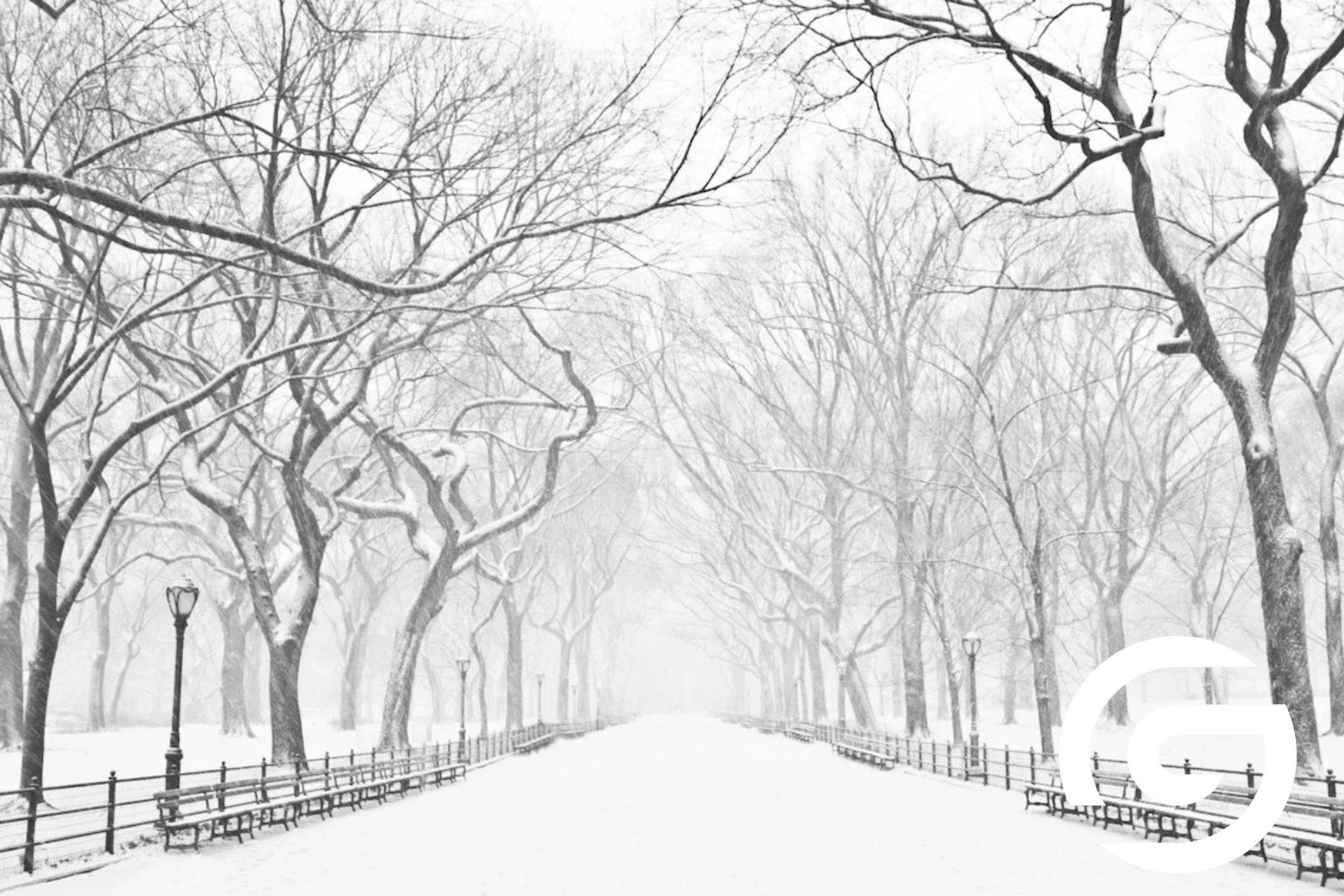Weather experts have predicted that the coming winter of 2025 to 2026 may be one of the coldest Pakistan has seen in many decades. The forecast is based on the return of strong La Niña conditions which usually bring colder than normal weather to South Asia. From December large parts of the country are expected to face strong cold waves early frost and heavy snowfall in northern and hilly regions. Plains and coastal areas such as Punjab Sindh and Balochistan will also feel a major drop in temperature which may create challenges for heating power supply and daily life.
Authorities have advised people to prepare early for the harsh weather by arranging proper insulation warm clothing and heating options. The cold spell may also affect agriculture transport and energy supply making it important for both citizens and institutions to stay ready.
Why This Winter Could Be Colder Than Usual
The main reason for the expected fall in temperature is the strengthening of the La Niña phenomenon in the Pacific Ocean. This natural weather pattern changes wind flow and rainfall around the world and often brings colder winters to South Asia along with heavy snowfall in mountainous areas like Gilgit Baltistan Murree and Kashmir. In Pakistan the effect will likely be stronger this year because of environmental factors such as reduced forest cover and urbanization which make cities more open to temperature extremes. Northern areas may face long frost periods and deeper snowfall while plains may record lower night temperatures than usual.
Education Boards Join Hands to Modernize Exam Evaluation Through E Marking
What the Forecast Means for Pakistan and How to Prepare
A cold winter of this level will affect daily life across the country. The health sector may see more cases of flu pneumonia and other cold related diseases especially among children and elderly people. Power and gas systems may come under heavy pressure as the demand for heating increases. In higher areas snow and frost could block roads and affect travel and trade.
Experts have advised both the government and citizens to make early preparations. Energy providers should ensure smooth supply while people should check their heating systems store warm clothing and prepare for possible load shedding. Farmers are also being warned to protect their crops from frost and low temperature damage.







